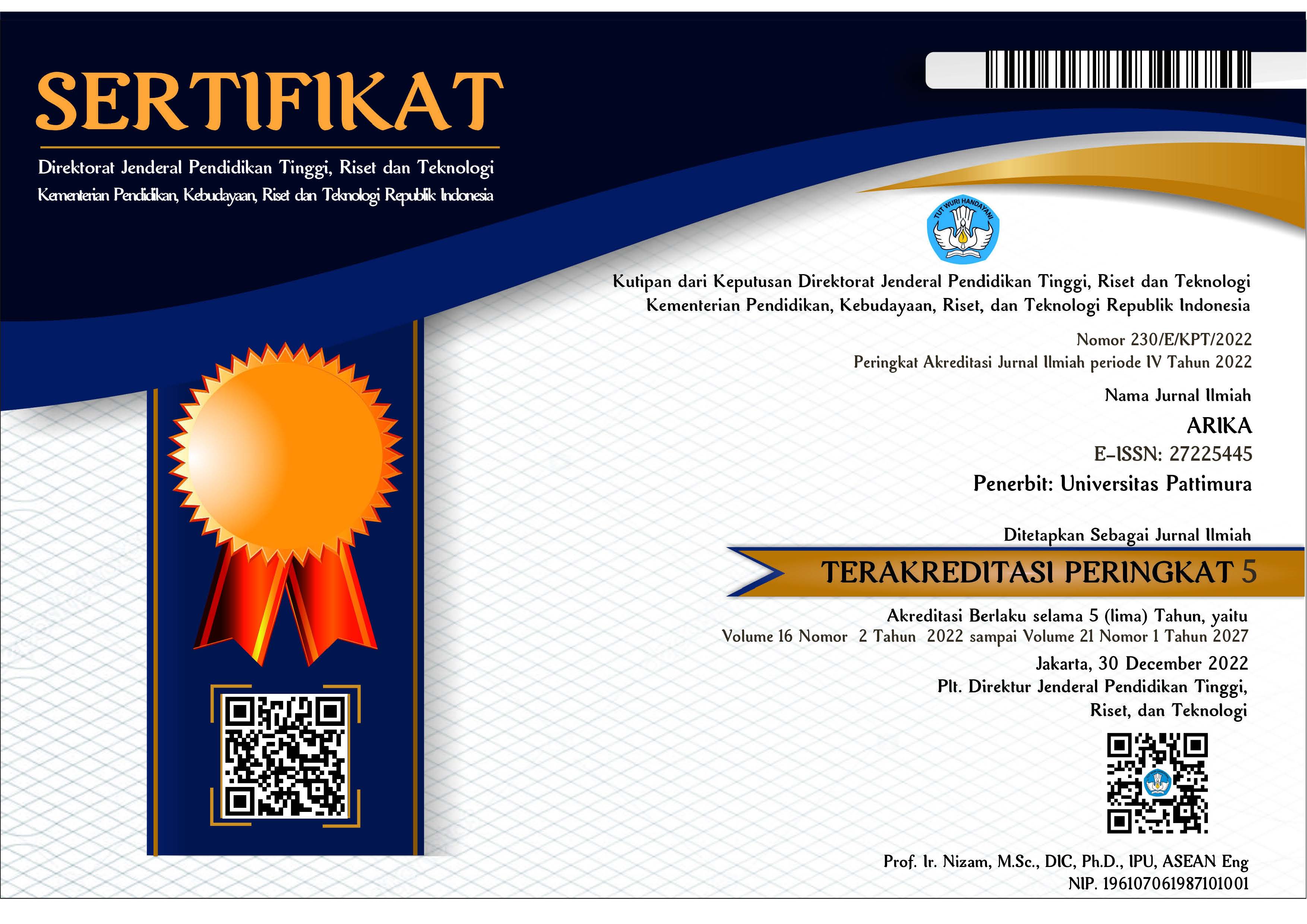Analisis Perbandingan Komposisi Karbon Dan Bubuk Tulang Sapi Dalam Proses Karburasi Padat Untuk Mendapatkan Nilai Kekerasan Tertinggi Pada Baja Karbon S-35 C
Abstract
S-35 C, is a low steel carbon type with 0,30% - 0,35% carbon composition, which has a low hardness. This matter can be overcome by changing the hardness of this steel through heat treatment process. Heat treatment method used in this experiment is pack carburizing method. Experiment results showed that with composition of 500 g of carbon and 0% beef bones with 15 minutes holding time, the hardness number increased as much as 116.90 HRC, there was 20.54 HRC number increased. With 10% of cow bones composition, hardness number became 118.39 HRC and 20.40 HRC number increased. HRC number became 122.20 and increased by 24.38 on 20% composition, and on 30% the hardness value became 130.36 HRC, increased until 32.05 HRC number. 40% composition showed increasing hardness number up to 133.34 HRC, with 35.08 HRC increased. And 50% composition showed 141.29 HRC number, increased until 43.95 HRC. 50% composition produce the highest increase of hardness number, this verified that the higher composition of cow bones makes higher increasing of hardness number in a heat treatment process deliver a harder steel, and also prove that beef bones can be used as a catalyst in pack carburizing process.
Downloads
An author who publishes in the ARIKA Jurnal agrees to the following terms:
- The author retains the copyright and grants ARIKA journal the right of first publication of the work simultaneously licensed under the Creative Commons Attribution-ShareAlike 4.0 License that allows others to share the work with an acknowledgment of the work's authorship and initial publication in this journal.
- The author is able to enter into separate, additional contractual arrangements for the non-exclusive distribution of the journal's published version of the work (e.g., post it to an institutional repository or publish it in a book) with the acknowledgment of its initial publication in this journal.
- The author is permitted and encouraged to post his/her work online (e.g., in institutional repositories or on their website) prior to and during the submission process, as it can lead to productive exchanges, as well as earlier and greater citation of the published work (See The Effect of Open Access).










